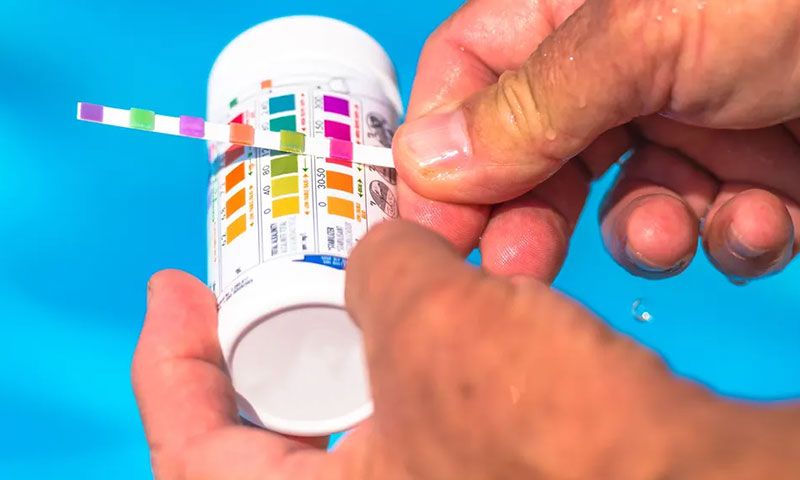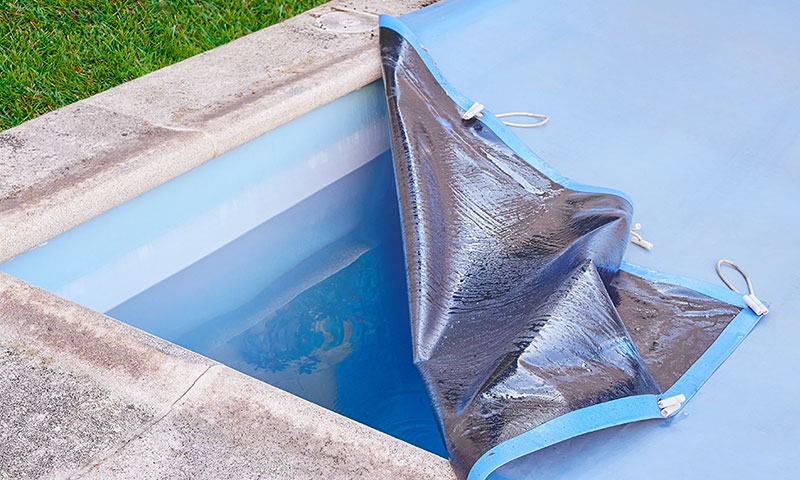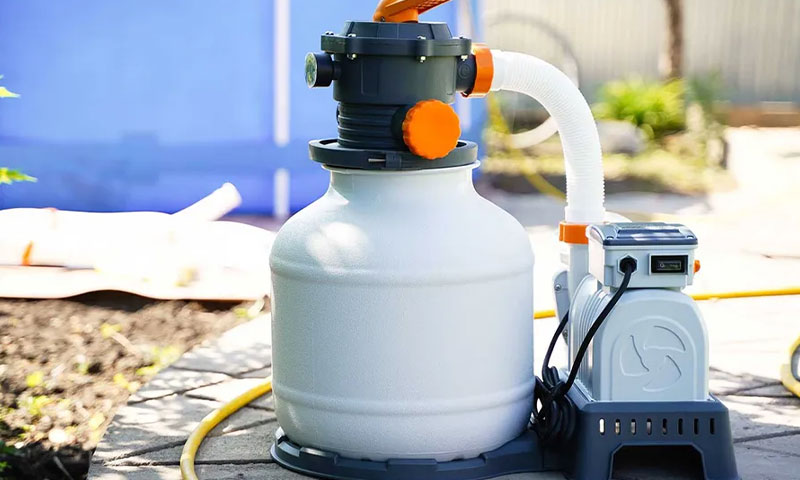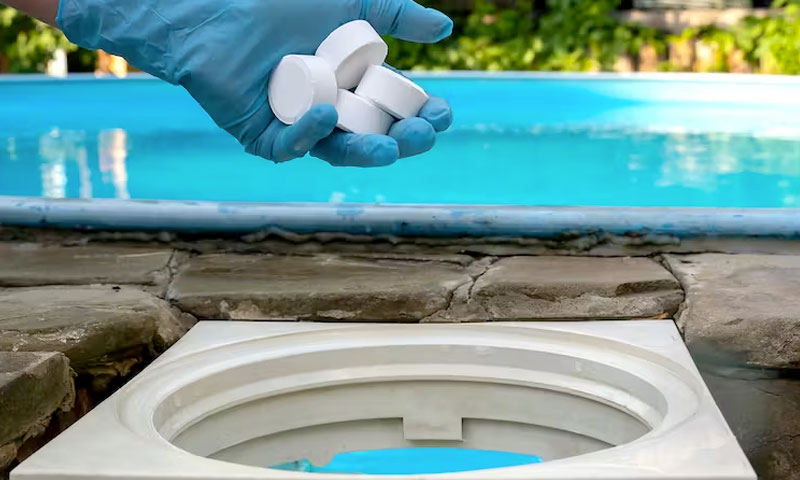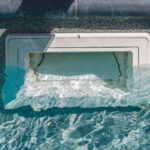
The Importance of Regular Pool Maintenance
October 31, 2023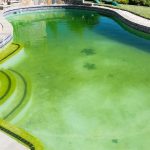
Common Pool Problems and How to Address Them
October 31, 2023BF POOL SERVICES
Chemical Balancing: A Crucial Aspect of Pool Maintenance
Maintaining a sparkling and inviting swimming pool is a labor of love, and at the heart of this effort lies a vital component: chemical balancing. The precise adjustment of the pool's pH level, chlorine concentration, and alkalinity is paramount for ensuring that the water remains not only safe but also pristine.
The pH Puzzle:
The pH level of your pool water serves as a compass for your pool's overall health. Ideally, it should fall within a specific range, typically between 7.2 and 7.6. This range creates a neutral environment that is comfortable for swimmers and discourages the growth of bacteria and algae. When the pH level veers too high, the water becomes overly alkaline, causing discomfort to swimmers as it irritates their skin and eyes. On the other hand, if the pH level dips too low, the water becomes acidic, putting your pool liner and equipment at risk of corrosion and damage.
Chlorine Control:
Chlorine is the unsung hero in pool water treatment. It's responsible for neutralizing contaminants and pathogens, such as bacteria and algae, that can turn your pool into a breeding ground for waterborne illnesses. However, like any superhero, chlorine must maintain a delicate balance. Too much chlorine in the pool can lead to its own set of issues, notably skin and eye irritation. Therefore, ensuring that your pool's chlorine level falls within the recommended range, typically between 1.0 and 3.0 parts per million (ppm), is essential. This balance allows the chlorine to do its job effectively while keeping swimmers comfortable.
The Alkalinity Aegis:
Alkalinity, often referred to as total alkalinity, is another integral piece of the chemical balancing puzzle. It measures the pool water's buffering capacity, or its ability to resist significant changes in pH. Maintaining proper alkalinity, usually within a range of 80 to 120 ppm, helps to stabilize the pH level, preventing wild fluctuations that can turn your pool water from inviting to inhospitable. A stable pH level keeps the water clear and comfortable, making it safe for swimming.
The Art of Regular Testing:
Regular testing of your pool water chemistry is the linchpin of chemical balancing. It's advisable to conduct these tests at least once a week, or even more frequently during periods of heavy pool use or extreme weather conditions. Fortunately, pool test kits are readily available at most pool supply stores. These kits allow you to monitor the pH, chlorine, and alkalinity levels and make adjustments as necessary. If you're unsure about how to proceed, professional pool service providers can offer guidance or even handle the testing and balancing on your behalf.
In conclusion, chemical balancing isn't just a chore; it's the guardian of your pool's well-being. Keeping a watchful eye on the pH, chlorine, and alkalinity levels ensures that your pool water remains not only crystal clear but also safe and comfortable for swimmers. With the right balance, you can dive into your pool with confidence, knowing that every splash is a refreshing and invigorating experience.




